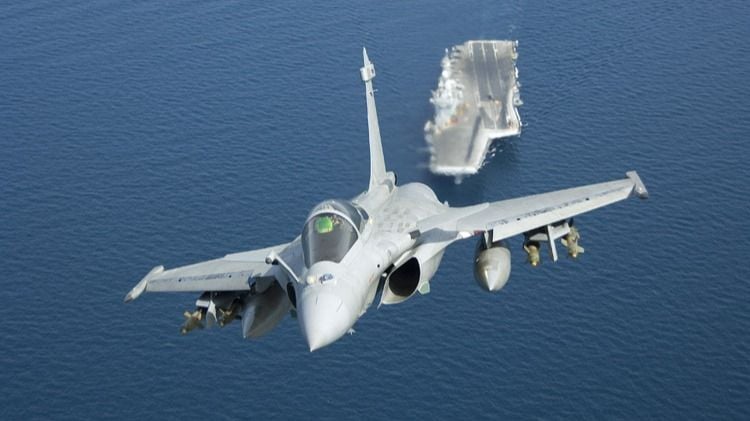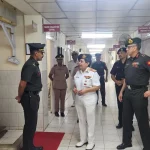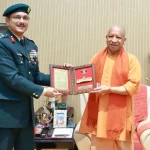India is poised to finalize the procurement of 26 naval variants of Rafale jets and three additional Scorpene submarines in the coming weeks, according to Navy Chief Admiral Dinesh K Tripathi. Speaking at a media briefing in New Delhi ahead of Navy Day, Admiral Tripathi emphasized the government’s commitment to enhancing the country’s naval capabilities.
The Navy Chief highlighted the approval for the construction of two nuclear-powered submarines (SSNs) as a testament to the government’s faith in India’s indigenous defense manufacturing capabilities. This move is part of the larger strategy to strengthen the naval force and ensure operational readiness.
Admiral Tripathi provided insights into the current state of naval construction in India, revealing that 62 ships and a submarine are under construction at various facilities across the country. He expressed optimism about the induction of new platforms into the Navy over the next year, stating that at least one ship is expected to be commissioned soon. “We have redoubled efforts to include niche technologies into the force,” he noted, underscoring the importance of incorporating advanced technologies for enhanced operational effectiveness.
The acquisition of the Rafale-M jets, approved by the defense ministry in July of last year, is primarily aimed at bolstering the capabilities of the indigenously built aircraft carrier, INS Vikrant. The combination of these modern aircraft and submarines is expected to significantly enhance India’s maritime defense posture.
Addressing concerns regarding regional security, Admiral Tripathi acknowledged Pakistan’s efforts to expand its maritime capabilities. He reassured that the Indian Navy stands prepared to address any potential threats from neighboring countries, indicating a proactive stance in safeguarding national interests in the maritime domain. The upcoming procurement and ongoing construction efforts reflect India’s broader goal of achieving self-reliance in defense manufacturing and enhancing its operational capabilities in an increasingly complex security environment.













